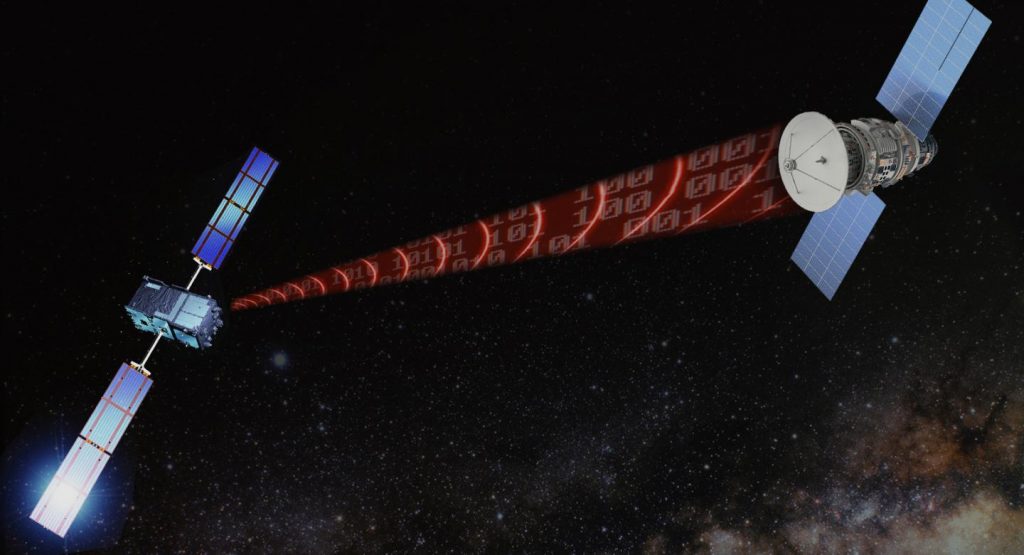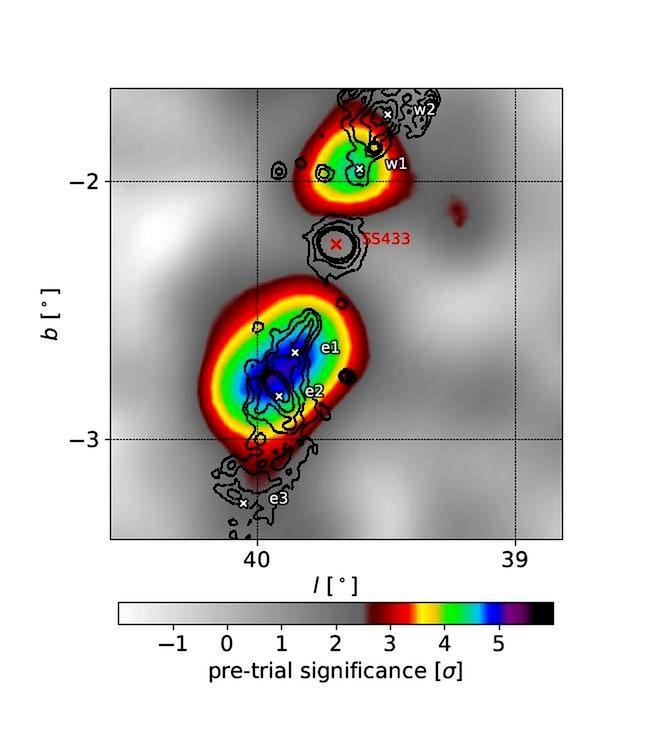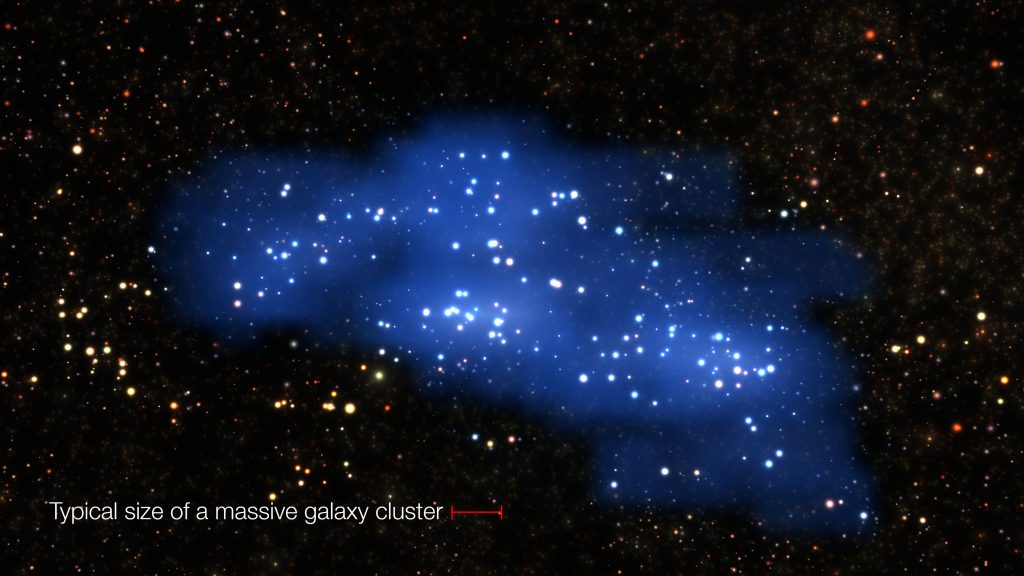Epsilon Indi C: a moon as massive as 70 Jupiters?
The star Epsilon Indi is just barely visible with the naked eye in the southern sky. It is at a distance of 11.8 light-years from the Earth and has approximately the same size as the Sun but is somewhat older. It has also turned the usual classification of star, planet, and moon upside down. This is because what we see is only Epsilon Indi A, but the star is orbited by a brown dwarf with a mass of 75 Jupiters and this brown dwarf has, in turn, a companion with a mass of 70 Jupiters. (more…)







